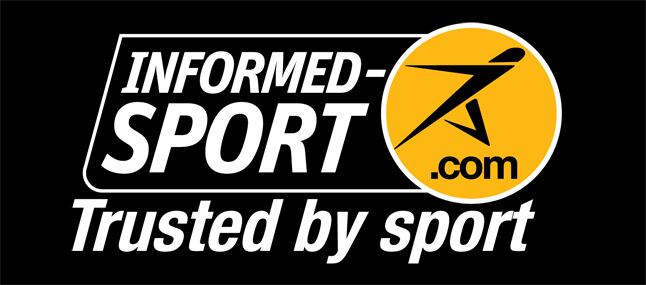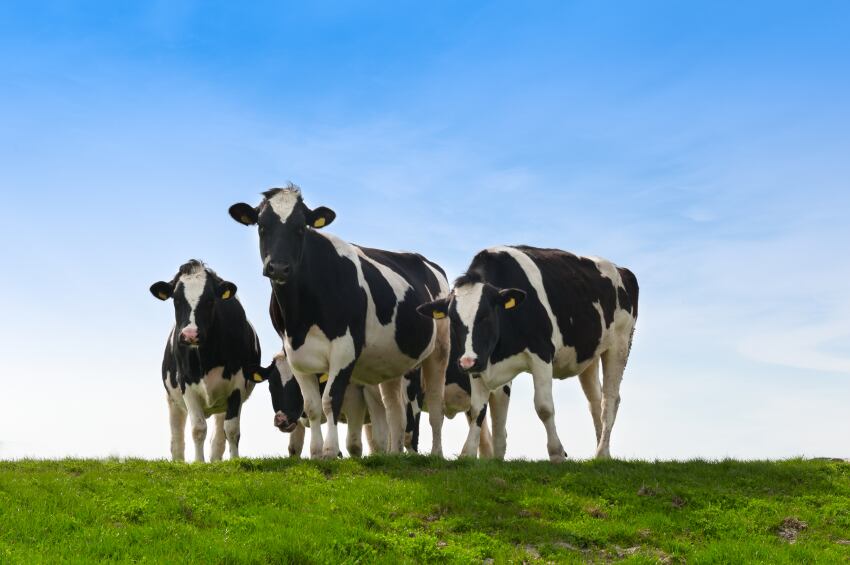According to WADA (World Anti-Doping Agency) figures1 3,153 results from testing indicated the presence of prohibited substance or metabolite or marker in 2014. As such doping continues to be a concern for all involved in elite level sports, and especially for those of us involved in the food industry where athletes are prone to pointing the finger of blame at sport supplements as the cause of a positive test.
However, new research suggests food supplement contamination/adulteration is falling and as such doping cheats may be running out of excuses.
Background
The link between supplement use and positive doping tests can be traced back to the late 90s with studies from the likes of Drs Don Catlin and Hans Geyer focused on pro-hormones and stimulants such as ephedra.2, 3
The realisation of the possible presence of such substances in nutritional supplements to athletes resulted in the IOC (International Olympic Committee) banning the use of pro-hormones in 1999 from Olympic Sports,4 and legislative calls for stricter food labelling.5
In 2004 the extent of contaminated food supplements where brought to the fore by what has become known as the ‘Cologne study’.6 The study assessed 634 supplements from 13 countries (92% from shops) covering 215 suppliers. Interestingly 289 supplements were from self-confessed pro-hormone selling companies (i.e. these products where not contaminated but declared on pack) and the rest from companies not declaring the sale of pro-hormones
Although the figure often presented to industry and athletes regarding the presence of such compounds is 14.8%, in fact only 9.6% of the products purchased from those not selling pro-hormones contained them. One of the limitations of the study is sourcing, as country of origin labelling (COOL) was not a requirement meaning a company in the EU could purchase all raw ingredients from the US or China but would not be required to declare this on pack.

Since then the primary source of identification of contaminated/adulterated sports products has been via companies offering certification of products i.e. banned substances testing. There are many such programs offered by analytical labs such as LGC (previously HFL), BSCG, and NSF, although HFL/LGC have completed and commercialised sports nutrition testing to a greater degree with its Informed-Sport programme.
In 2007 HFL carried out a study to assess contamination in food supplements purchased from US stores and the internet.7 Of the 54 supplements assessed 11% were contaminated with stimulants and 25% steroids.
In 2008, HFL shifted its focus to UK stores and the internet and purchased 152 supplements of which 10.5% where contaminated with steroids or stimulants.8
In 2013 HFL sport sciences final study looked across 12 EU countries with purchases of 114 products from stores and the internet.9 The result demonstrated 10% contamination with steroids, stimulants or both.
Additional data from these studies are needed to draw any real conclusions such as: What product selection criteria was used? Was the country of origin assessed? Why were brands not included from the HFL/LGCs Informed-Sport programme (i.e. is the picture from the surveys a valid reflection of the contamination/adulteration levels in the EU?). This latter issue is important given LGC state they test over 230 products as of October 2014.10
Irrespective, the results again demonstrate a common thread of contamination / adulteration in sports foods but the extent of such contamination remains an open question.
Food supplement scapegoating?
One myth circulating the sports nutrition industry and/or athlete educational programmes is that sport foods and specifically food supplements are the major risks in terms of inadvertent doping. However, data suggests there are other sources of food (e.g. poppy seeds to meat) that have the potential to result in a failed drug test.
A leading researcher in this field has been Professor RW Stephany, with a focus on the use of hormonal growth promoters (anabolics) in the livestock industry to increase the production of muscle meat.11 At present the EU12 and US13 have very different regulatory constraints with the EU having a total ban on the use of growth promoters and the US allowing five such hormones.

However, there are controls over residue levels in the edible products in the US14 yet in the EU there are concerns over illegal use of growth promoters as the meat is rarely sampled.15 Given the recent horse meat scandal there is a concern over supply chain control and traceability in general.
It has been estimated that the use of illegal substances in the EU based on annual residual testing results could be in the range of 5-15%.16 In sampling from the 1990s in the EU the likes of nortestosterone has been identified in minced beef and clenbuterol in the liver.17. At present there may be risk from clenbuterol (e.g. cases of clenbuterol poisoning in Spain)18 or anabolics from South America.19 However, anabolics seem to be very low risk although boar meat does naturally contain testosterone and estradiol.20
As such we are without recent data to really know what level of illegal21 steroid use and drug residue is occurring within the meat supply chain in the EU and US. Therefore the risk to travelling athletes exposed to foods from multiple markets including those where anabolic use in cattle is allowed should be of concern given the issue of strict liability and a positive drug test result.
It therefore follows that without such data issues of ‘legal certainty’ and ‘reasonable doubt’ in courts of arbitration and sport tribunals following a positive test result may also be a concern. Clearly more data is needed to confirm or condemn a positive doping result.
New data: Where are we in 2015?
A number of earlier studies occurred in the late 1990s and at that time pro-hormones and ephedra were legal. However, since then the EU has added pro-hormones to the Human Medicines Directive20 and for example in the UK under the Misuse of Drugs Act.21
Since 2015, ephedra has also been prohibited for use in foods.22 Similarly, the US has improved its legislation by adding to the Steroid Control Act of 1990, Controlled Substances Act 197023 and the adoption of legislation to ban the sale and supply of ephedra in 2004 through amendments to the Dietary Supplement Health Education Act (DSHEA).24
Similarly, the commercialisation of banned substance testing has taken off as a means for companies to build product trust with athletes and coaches whom are directly concerned with drug testing. Testing has become a mark of quality and as such the growth of such testing has helped manufacturers assess and remove defects in their supply chain. Since 2002 HFL/LGC alone has tested more than 50,000 supplement samples and over 10,000 in 2014.25 This can only be good news for industry and athlete alike.
The impact of ‘banned substance’ testing and legislative changes should have beneficially impacted the presence of pro-hormones and stimulants in sport food. However, we have not seen such data –until now.
In 2015 results from a follow up trial to the 2002 ‘Cologne Study’ are expected to be released.26 In anticipation of the release of a full study paper WADA has released some early data. The study successfully tested 565 food supplements from 17 countries for the presence of anabolic steroids. Of these only 0.7% (4 samples) tested positive for the presence of 43 different anabolic-androgenic steroids.
These results demonstrate a paradigm shift in the risk to athletes from food supplements and perhaps as a direct result of alterations in legislation, enforcement and the commercialisation of ‘banned substance’ testing.
Summary

Its has taken almost 15 years since the early studies by Catlin and Geyer but it seems the ability to use food supplements as a scape goat for positive doping tests must fall as the incidence of contamination and adulteration decrease.
However while there is a single positive doping test as a result of using a contaminated or adulterated product we must not as an industry drop our guard. Recent efforts from the likes of the European Specialist Sports Nutrition Alliance (ESSNA) to actively report illegal products to the authorities are helping.
This is just one step needed to stamp out the risk of inadvertent doping and maybe just maybe its time industry got some credit for its hard work.
For a list of references to this article click here.
Dr Mark Tallon is the founder of UK-based food law consultancy, Legal Foods.
